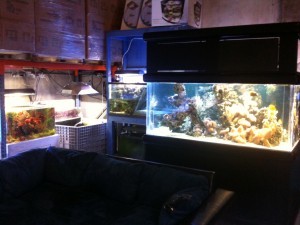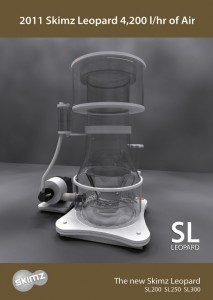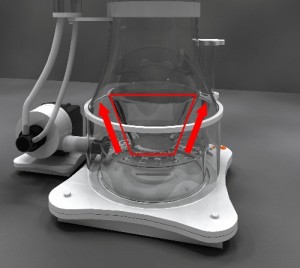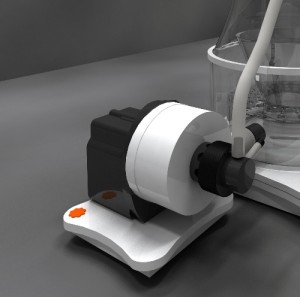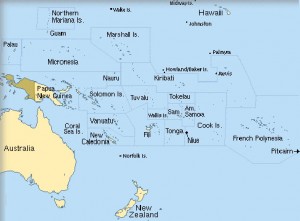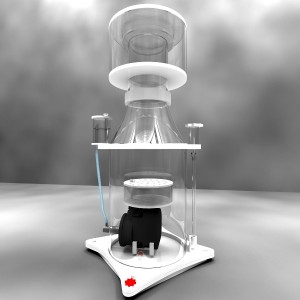
We received today our first independant review we woul like to share with you
As follows:
Hello Michael of Aqua Digital Inc,
I must say that I am very happy to be able to offer the SKIMZ brand Protein Skimmers to my customers. I have been a retailer since 1994. Having sold many many brands of Protein Skimmers over the years such as Red Sea, Sanders, CPR, Emperor Aquatics, Coralife, EuroReef, E.T.S.S., D.A.S, and more recently Aqua C, A.S.M, TUNZE and Deltec. I am sure there were a few I missed that didn’t stand out. I was pretty excited, after going over Skimz specs, to be giving this brand from Singapore a run.
When I first looked into their wares, I was captivated by the Skimz SM 201 model because it boasts a huge 960 LPH of air, claims to be capable of handling 800-2000 litres of saltwater, stands 21″ tall, easily fits in sumps 12″ wide and only uses 20 watts of power. WOW bring it on!!
Where is Fed Ex !!
Our new Skimz Protein Skimmers finally arrived Thursday, March 17th. 2011. I have never seen distributors send their product, already packed inside foam and heavy cardboard boxes………..with a bubble wrap blanket wrapped around the entire outside of the box. Nicely done.
Once inside we were greeted with gleaming white, very clean looking components……to be assembled. I love the fit, finish and feel of this heavy acrylic. The anticipation was building inside. Man if these work as good as they look this is going to be great. Assembly was a snap but we did have an issue screwing the last corner base screw that sits just under the intake to the pump. The air inlet nipple bumps into the top head of that screw thus preventing us from turning into the pump assembly. We left that base screw out for now. The second skimmer we assembled did not have this issue.
(aqua digital note – the first few had the air inlet pipe made 1mm too long, this has now been modidied to stop this snagging)
Where to begin?
I had marked two spots for trial runs. One SM 201 was going on a 8 foot x 4 foot, coral and coral frag system with a large sump the other on a 220 S.P.S Coral Display System with sump. We will put a lot of demand on the skimmers performance.
No Sir we don’t sell Snakes!!
Yes, the SM 201 pulls in a lot of air………..so much in fact we really had to turn it down, adding an additional air valve for even finer air inlet control. It was either that or watch the foam blow the tops off the skimmer cups. I remember the first time I got behind the wheel of a Brand New Porsche Turbo………….oops don’t need to push the gas peddle down that far at lift off!
Definitely going to have to remind our customers to start with very little air at first set up. These skimmers are foamy.
Settling in.
It is now day three and with both skimmers dialed in, each is producing a thick shaving cream like foam, and starting to fill those HUGE collection cups with the foul smelling liquid the best skimmers are known for producing. I can tell this product is really going to deliver excellent results long term. It allows me infinite adjustability, can quickly pull very foul excrement from our already super clean water, fits in almost any sump, is a miser on energy consumption, and sells at a such a great price. The Skimz Protein Skimmer is going to help many more hobbyists on challenged budgets, achieve incredible results.
Incredible !!
Yours truly,
Bill Sluys
Incredible Aquarium
London, ON
Share on digg

